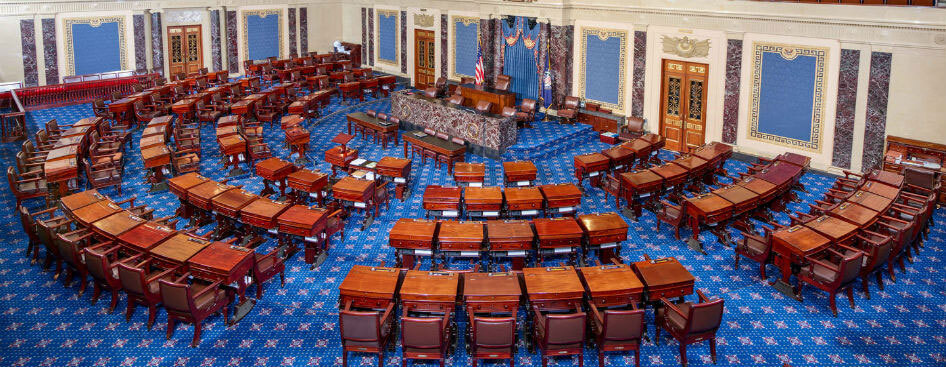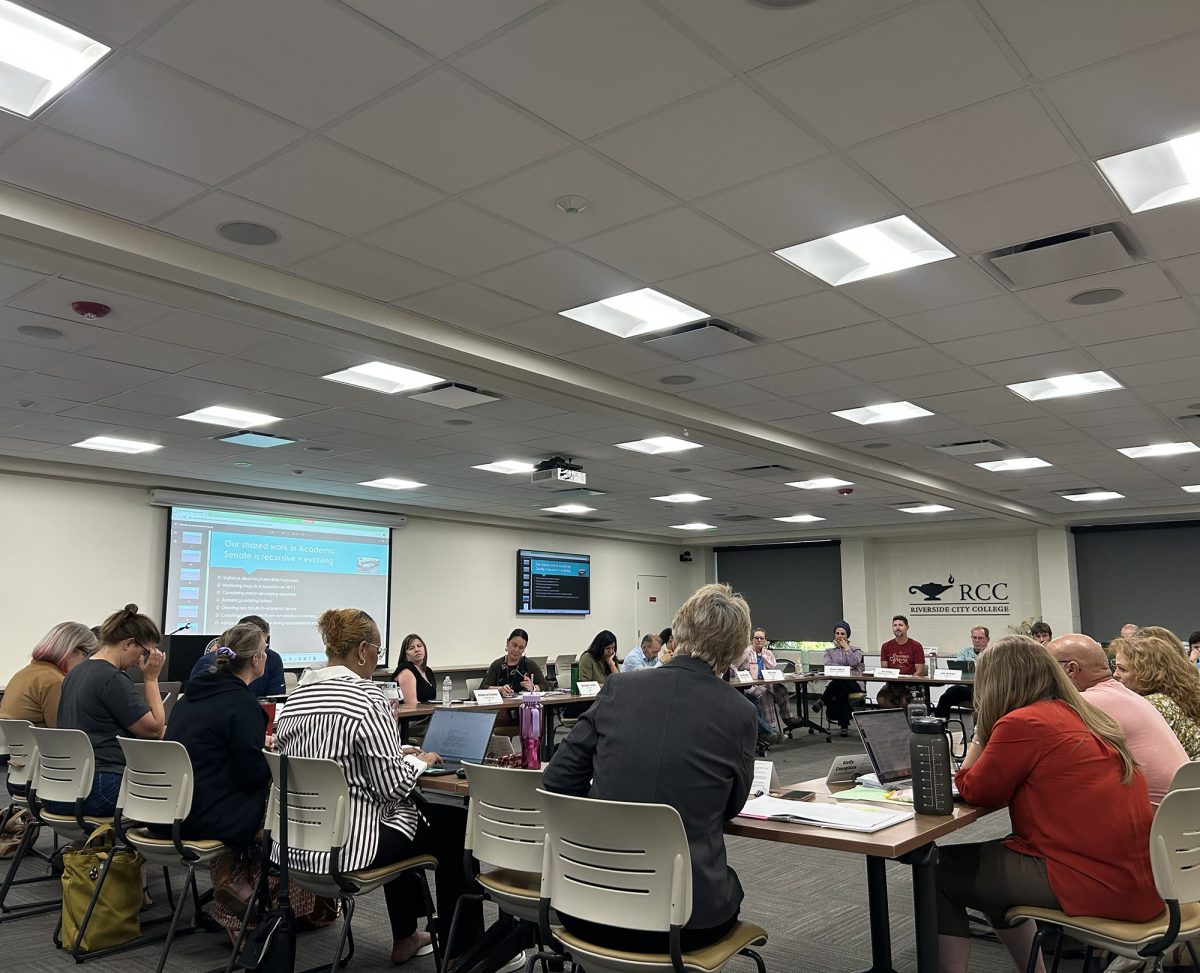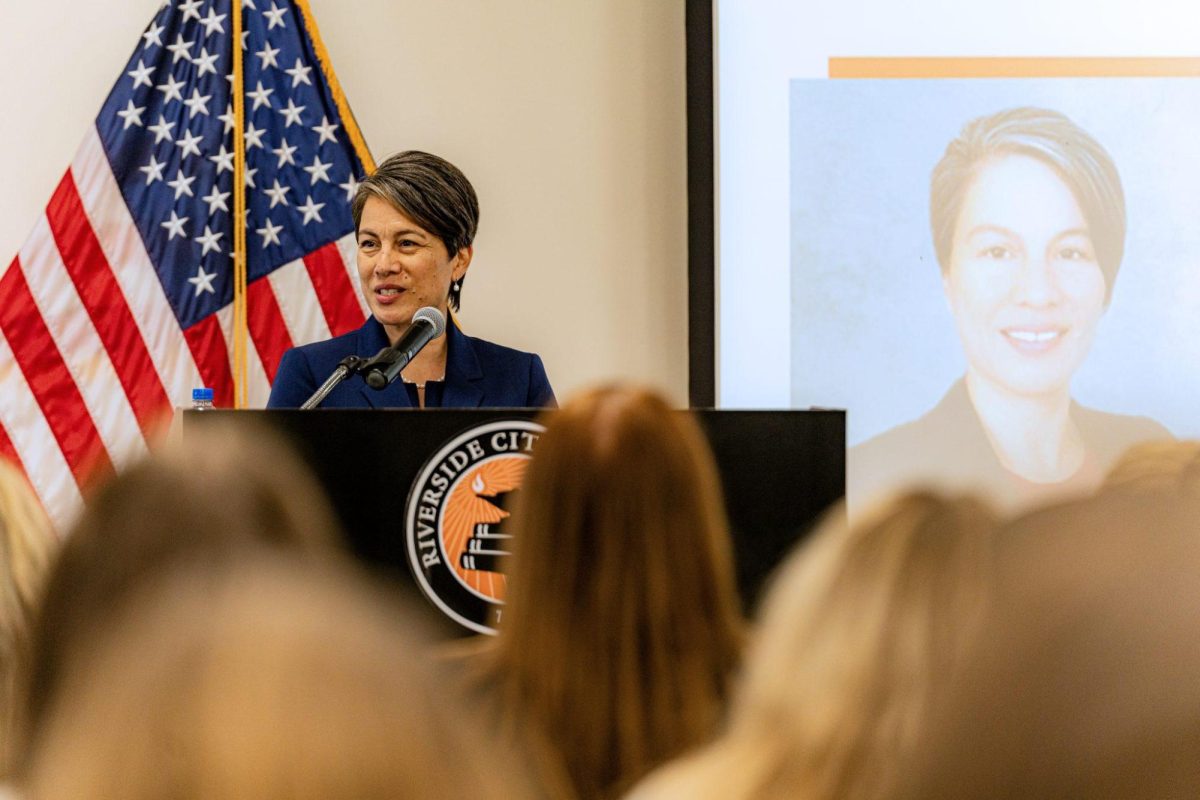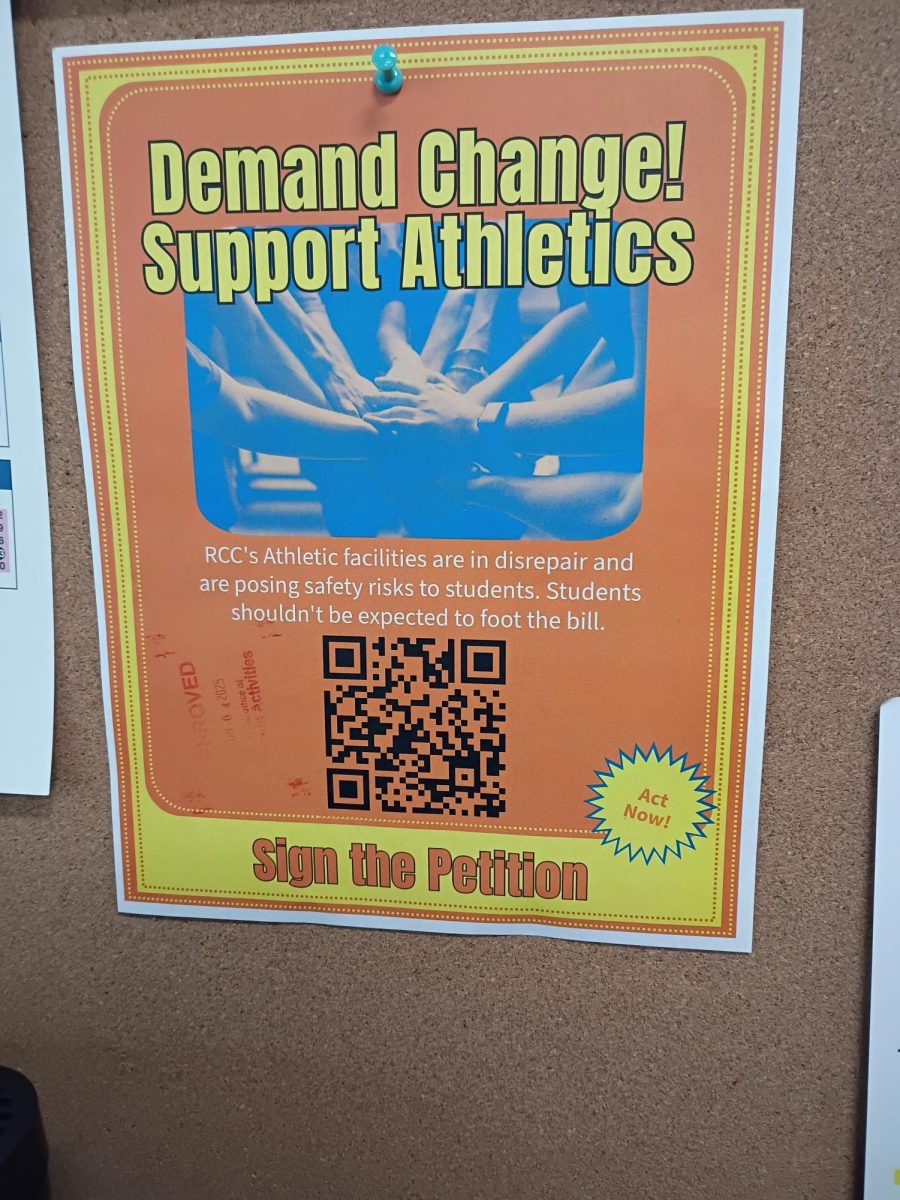By John Kilgore / Staff Writer

American dream (Riverside Metropolitan Museum)
By John Kilgore / Staff Writer
At the Riverside Metropolitan Museum one can learn and experience a lot about Japanese Americans through Reading the Walls: The Struggle of the Haradas, A Japanese American Family Exhibit.
In search of the American dream, immigrant Japanese families journey through thick and thin to find citizenship restored after the war effort.
Also documented and on display is the participation by the Japanese American Citizens League and their effect during movements such as assimilation, immigration, democracy and individual and civilian rights.
Thanks to the Legislative Education Committee one can see an abundance of ideas come to fruition.
By 1905, Jukichi Harada, his wife and their first born son arrived in Riverside. Upon his arrival, he opened up a rooming house and a restaurant called the Washington.
Living in their house on 3356 Lemon Street, the Harada family with mother, Ken, father, Jukichi, and their children Masa, Sumi, Mine, Yoshizo, Atsu, Harold and Clark operated their boarding house and restaurant.
When seeking out a home of their own, Harada was fully aware of the 1913 Alien Land Law. This law prohibits aliens ineligible for citizenship from owning property. When he purchased the house in December 1915, he placed the deeds in his children’s names.
In 1916, the California vs. Harada case had gained international attention stemming from sensitive relations between the United States and the emerging international power of Japan.
Judge Hugh Craig of Riverside Superior Court in 1918 honored the Alien Land Law yet ruled that American born children of aliens were entitled to all the Constitutional guarantees of citizenship including land tenure under the 14th amendment.
Due to the bombing of Pearl Harbor, plus implementation of Executive Order 9066, members of the Harada family were taken for relocation to internment camps in 1942.
Harold took the time to inscribe on his wall that day, “evacuated on May 23, 1942 Sat.,” and on a 1942 calendar still in the laundry room the inscription states, “left May 23.”
Through the Metropolitan Museum, the memories of those interned have survived to present day.
Witness Sumi’s return to the house on Lemon Street after the war told by author Mark Rawitsch, “I’m glad I had someplace to come back to. It’s home. There’s no other place.”
Sumi didn’t stop there with her good graces. She bestowed her kindness by sharing her home with several other displaced Japanese families.
Sumi remained in her home and served as guardian and protector of the house’s history and the memory of her pioneering parents.
The Riverside Japanese American Citizens League was established in 1930. It is a national organization with an ongoing mission to secure and maintain the civil rights of Japanese Americans and all others who are victimized by injustice and prejudice.
Members also find themselves working to promote the heritage and legacy of the Japanese American community.
In 2004 Harold’s heirs transferred the property to the Riverside Metropolitan Museum. The exhibit highlights a Japanese American pioneering tale in Southern California.






